ZYS provides high quality bearing products and professional bearing solutions for users in the fields of machine tool, wind power, metallurgy, automobile and rail transportation, construction machinery, etc. ZYS can perform batch production of various bearing products with inner diameter of 0.6mm to outer diameter of 6.8m. In addition to bearings, ZYS can also offer high-speed spindles, precision bearing instruments, bearing testing machines, bearing manufacturing machines and bearing parts.
ZYS precision angular contact ball bearings consist of high-precision angular contact bearings (standard series),super high-speed angular contact ball bearings,high-speed sealed angular contact ball bearings and high-speed spindle bearings.

In the metallurgical industry, the working environment of rolling mills, continuous casting machine or converters is really harsh. These conditions require bearings to withstand the harsh effects of heavy load, high temperature, dust and water. In order to meet the requirements of metallurgical industry, ZYS R & D teamhas developed bearings products with high quality, high precision and long service life and also can offer the bearing solutions for manufacturers in the metallurgical industry.
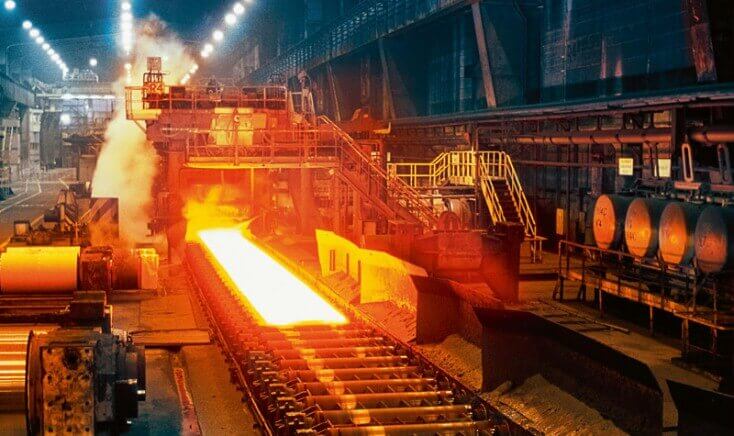
ZYS large-size heavy duty precision bearings are manufactured in our second industry park,which covers 133,333㎡ with total investment of 438 million RMB.
The inner ring,outer ring and rolling elements of bearing under normal working conditions are made of high carbon chromium bearing steel.To meet the special requirements,such as super high speed,wear-resisting,low temperature rising,long life and high reliability etc.,it’s suggested to use hybrid ceramic ball bearings.
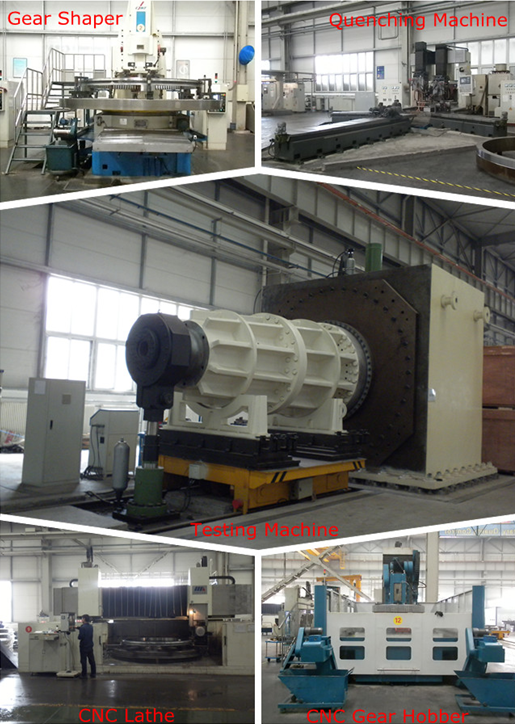
ZYS has been committed to the research and development of bearings for rail transportation for a long time to meet the increasing requirements for rail transportation,such as higher speed,load,reliability and etc.

ZYS plays an leading role in aerospace bearing industry of China,We has successfully accomplished the bearing assemblies for “Dong fang hong” series man-made satellite,manned spacecraft series from “Shenzhou Ⅰ” to “Shenzhou Ⅹ”,“Chang’E” lunar exploration program,successful docking from “Shenzhou Ⅷ” and “Shenzhou Ⅸ” to Tiangong target aircraft.

ZYS automobile bearings include tapered roller bearings,cylindrical roller bearings,deep groove ball bearings and angular contact ball bearings,among which clutch bearings and the hub bearings units of the first,second and third generation are mainly used to gear box,axles,transmission system and other parts of all kinds of automobiles.We have conducted thorough research on wheel hub bearings,clutch release bearing,constant velocity cardan joint,gear box bearings and etc

ZYS can supply batch production of various bearing manufacturing equipments,like CNC cutting equipments and automatic production line for bearing rings,automatic grinder,superfinishing machine,precision cold rolling machine for bearing rings,semi-automatic multi-purpose grinder for miniature ball bearing rings and other precision manufacturing equipments for bearing.
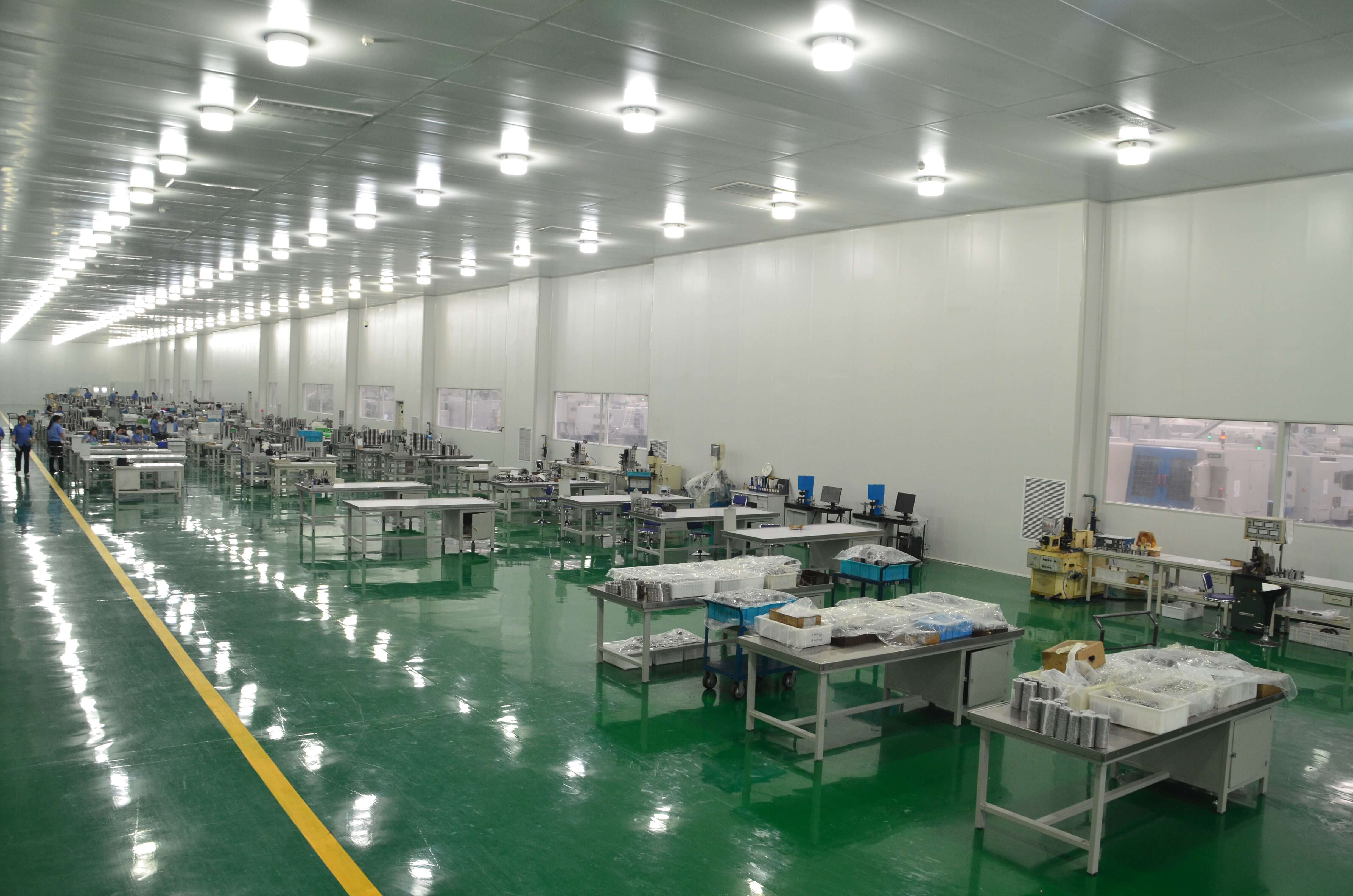
Besides all kinds of bearing products,bearing measuring machines are also our main products,which have been exported to India,Iran,Romania,Brazil and many other countries.Our main measuring machines include the instruments for measuring the dimension accuracy,roundness,profile and roughness of bearing parts,the instruments for inspecting bearing performance and other instruments used to automatically inspect and control various parameters during manufacturing process.These instruments are widely used in bearing workshops,inspection stations,measuring room and assembly factories.
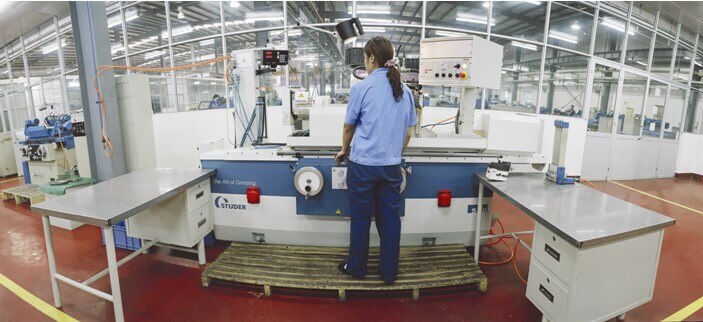
ZYS has conducted in-depth research on bearing testing technology and reliability theory of all kinds of bearings,engaging in the development and manufacture of bearing testing equipments and undertaking the simulation testing,life testing and other performance tests for all kinds of bearings.We can also develop and manufacture the simulation testing machines in full-automatic control for the bearings used in various machineries (aviation,spaceflight,railway,automobile,motorcycle,machine tool,motor,etc.)
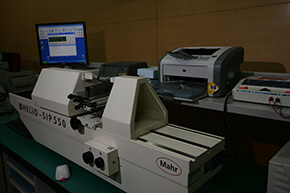
Since 1958, ZYS has been committed to the research and development of “high-tech, precise, cutting-edge, specialized and special” bearings, and relevant products. Our products have been used for mining, metallurgy, wind turbine generator, machine tool, machinery, medical treatment, automobile, rail transport, etc.
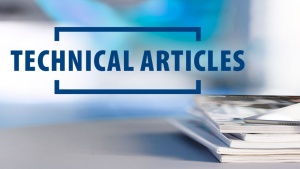
A slewing bearing is a large, specialized bearing structure capable of simultaneously withstanding substantial axial loads, radial loads, and overturning moments. It integrates multiple functions such as support, rotation, transmission, and fixation. Due to its complexity and critical role in equipment, it is essential to conduct thorough inspections during installation and follow strict maintenance and storage guidelines to prevent damage and ensure proper operation.1. Installation of the Slewing BearingBefore installation, inspect the mounting surface of the host machine. The supporting structure must possess sufficient strength, and the connection surface should be machined flat, free of debris and burrs. If machining cannot achieve the required flatness, high-strength structural plastic fillers can be used to correct the surface and provide vibration damping.Each raceway ring of the slewing bearing has a quenched soft zone, indicated by an "S" mark on the end face. During installation, this soft zone should be positioned in a non-load or infrequently loaded area (the plug hole is always located in the soft zone).The bearing should be radially positioned first, and installation bolts should be tightened in a crisscross pattern. Check the bearing's rotational condition during this process. Bolts must be tightened with sufficient preload, typically 70% of the bolt material's yield strength. Quenched and tempered flat washers should be used with the bolts, and spring washers are strictly prohibited.2. Maintenance of the Slewing BearingAfter installation and 100 hours of continuous operation, all mounting bolts should be checked to ensure the preload torque meets specification. Repeat this inspection every 500 hours of operation.Upon installation, the bearing must be filled with an appropriate amount of grease. Rotate the bearing while applying grease to ensure even distribution. Over time, some grease will inevitably dissipate, so it is recommended to replenish the grease every 50–100 hours during normal operation.3. Transportation and StorageDuring transportation, the bearing should be placed horizontally on the vehicle with measures in place to prevent sliding and vibration. Auxiliary supports should be added if necessary.
2025-07-01 16:50:10 move
Slewing Bearing Installation, Maintenance, and Storage Guide
2025-07-01 16:50:10A slewing bearing is a large, specialized bearing structure capable of simultaneously withstanding substantial axial loads, radial loads, and overturning moments. It integrates multiple functions such as support, rotation, transmission, and fixation. Due to its complexity and critical role in equipment, it is essential to conduct thorough inspections during installation and follow strict maintenance and storage guidelines to prevent damage and ensure proper operation.1. Installation of the Slewing BearingBefore installation, inspect the mounting surface of the host machine. The supporting structure must possess sufficient strength, and the connection surface should be machined flat, free of debris and burrs. If machining cannot achieve the required flatness, high-strength structural plastic fillers can be used to correct the surface and provide vibration damping.Each raceway ring of the slewing bearing has a quenched soft zone, indicated by an "S" mark on the end face. During installation, this soft zone should be positioned in a non-load or infrequently loaded area (the plug hole is always located in the soft zone).The bearing should be radially positioned first, and installation bolts should be tightened in a crisscross pattern. Check the bearing's rotational condition during this process. Bolts must be tightened with sufficient preload, typically 70% of the bolt material's yield strength. Quenched and tempered flat washers should be used with the bolts, and spring washers are strictly prohibited.2. Maintenance of the Slewing BearingAfter installation and 100 hours of continuous operation, all mounting bolts should be checked to ensure the preload torque meets specification. Repeat this inspection every 500 hours of operation.Upon installation, the bearing must be filled with an appropriate amount of grease. Rotate the bearing while applying grease to ensure even distribution. Over time, some grease will inevitably dissipate, so it is recommended to replenish the grease every 50–100 hours during normal operation.3. Transportation and StorageDuring transportation, the bearing should be placed horizontally on the vehicle with measures in place to prevent sliding and vibration. Auxiliary supports should be added if necessary.
move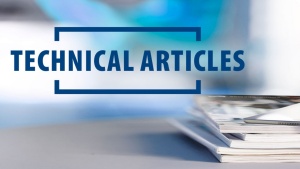
Exploring the Applications of Slewing Bearings in Modern Industries
2025-06-23 16:01:08Slewing bearings, also known as slewing rings or turntable bearings, are essential components in many mechanical systems where rotational movement and load support are required. Their versatility and ability to handle axial, radial, and moment loads make them ideal for numerous applications across various industries.1. Construction MachineryOne of the most common applications of slewing bearings is in construction machinery. Equipment such as tower cranes, mobile cranes, and excavators rely on slewing bearings to provide smooth and stable rotation. These bearings enable machines to lift and maneuver heavy loads efficiently while maintaining structural integrity.Example: In excavators, slewing bearings allow the upper structure to rotate 360 degrees on the undercarriage, enhancing operational flexibility on construction sites.2. Renewable Energy: Wind TurbinesIn wind energy systems, slewing bearings are used in both pitch and yaw systems. Pitch bearings adjust the blade angle to optimize energy capture, while yaw bearings rotate the nacelle to face the wind direction. These components must withstand harsh environmental conditions and operate with high reliability over long periods.Keywords: wind turbine bearing, pitch bearing, yaw bearing3. Material Handling EquipmentSlewing bearings are critical in material handling systems such as conveyor systems, stackers, and turntables. They allow for the rotation and positioning of loads, improving efficiency and automation in warehouses and production lines.4. Medical EquipmentHigh-precision slewing bearings are also used in medical devices such as CT scanners and surgical tables. Their smooth, controlled movement and precision positioning are vital in ensuring patient safety and diagnostic accuracy.Example: In CT scanners, slewing rings enable the rotation of the imaging system around the patient, allowing for high-resolution 3D imaging.5. Offshore and Marine ApplicationsIn offshore platforms and ships, slewing bearings are used in cranes, winches, and azimuth thrusters. These environments demand corrosion-resistant materials and high-load capacities due to exposure to saltwater and extreme weather conditions.6. Solar Tracking SystemsWith the rise of solar energy, slewing drives (which include slewing bearings and a worm gear mechanism) are widely used in solar tracking systems. They enable solar panels to follow the sun’s movement across the sky, maximizing energy output.Keywords: solar tracker bearing, slewing drive, photovoltaic tracking systemChoosing the Right Slewing Bearing for Your ApplicationWhen selecting a slewing bearing, it’s important to consider the specific requirements of your application, including:Load type and magnitude (axial, radial, moment)Rotational speed and precisionEnvironmental factors (temperature, moisture, dust)Installation space and maintenance accessConsulting with experienced slewing bearing manufacturers can help ensure optimal performance and lifespan of the bearing in your machinery.ConclusionSlewing bearings are indispensable in modern mechanical systems, offering reliable rotational motion and load support in a compact design. From heavy-duty cranes to precision medical equipment, the applications of slewing bearings continue to expand with advancing technology. Understanding their uses can help engineers, designers, and procurement professionals make informed decisions when integrating these components into their equipment.Looking for quality slewing bearings for your application? Contact our technical support team to find the best solution for your project.
move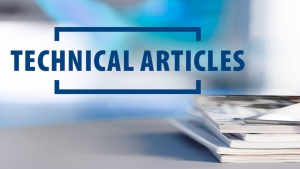
Understanding Different Types of Slewing Bearings
2025-06-16 15:56:13Slewing bearings, also known as slewing rings or turntable bearings, are critical components in a wide range of industrial applications. From cranes and wind turbines to excavators and radar systems, slewing bearings enable rotational movement while supporting axial, radial, and moment loads. Choosing the right type of slewing bearing can significantly impact the performance, durability, and efficiency of your equipment.1. Single-Row Ball Slewing BearingThis is the most commonly used slewing bearing type. It consists of a single row of steel balls and features a compact design with light weight. Single-row ball slewing bearings can accommodate axial, radial, and tilting moment loads, making them suitable for light to moderate duty applications such as small cranes, solar trackers, and packaging equipment.Advantages: Simple structure, cost-effective, easy to installApplications: Construction machinery, transport systems, food processing equipment2. Double-Row Ball Slewing BearingWith two rows of balls, this bearing type offers greater load-carrying capacity, especially for axial loads. It is ideal for applications where higher precision and stability are required. The double-row configuration also reduces internal clearance, resulting in better positioning accuracy.Advantages: Higher load capacity, improved stabilityApplications: Lifting platforms, industrial robots, wind energy systems3. Three-Row Roller Slewing BearingThis design separates axial and radial loads into three raceways, each row carrying a different type of load. Three-row roller slewing bearings provide the highest load capacity and rigidity among all types. Due to their size and complexity, they are typically used in heavy-duty applications.Advantages: Maximum load capacity, excellent stiffnessApplications: Large cranes, mining equipment, offshore platforms4. Crossed Roller Slewing BearingCrossed roller bearings use cylindrical rollers arranged at right angles to one another, allowing them to handle high loads in all directions with great precision. They are especially suitable for applications requiring high rotational accuracy and rigidity.Advantages: High precision, compact designApplications: Machine tools, radar systems, medical equipmentHow to Choose the Right Slewing BearingWhen selecting a slewing bearing, consider the following factors:Load type and magnitude (axial, radial, moment)Rotational speed and precision requirementsOperating environment and temperatureInstallation space and weight constraintsWorking with a reliable slewing bearing manufacturer can help ensure that you choose the right product tailored to your specific application.ConclusionUnderstanding the different types of slewing bearings and their respective advantages is essential for engineers and equipment manufacturers. Whether you're designing a lightweight solar tracker or a heavy-duty crane, selecting the right slewing ring bearing can make all the difference in performance and longevity.For more information about slewing bearings or to request a quote, feel free to contact our technical team.
move